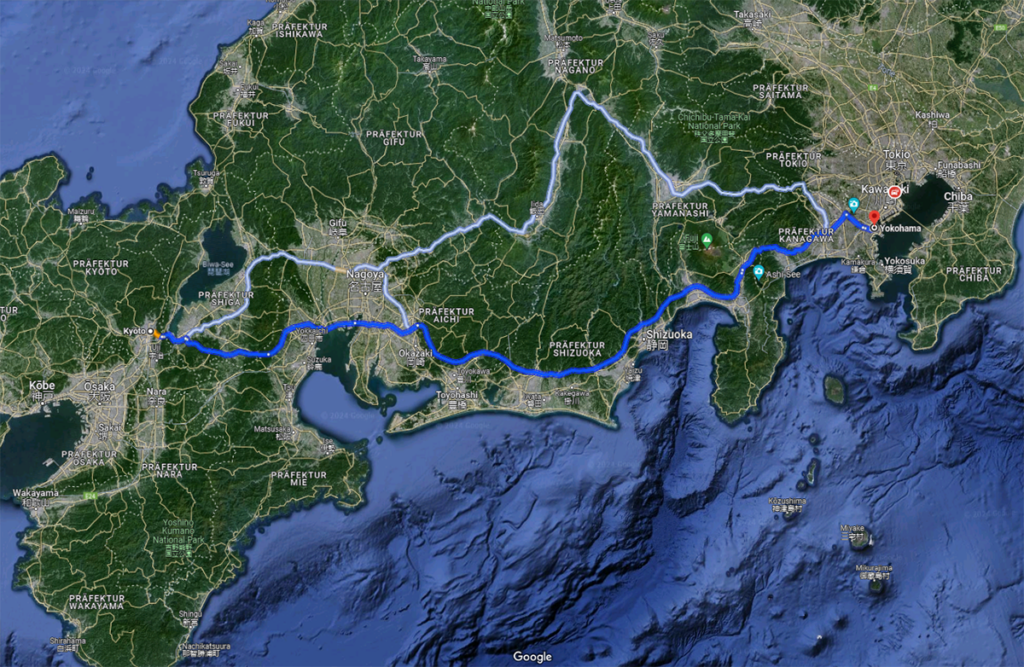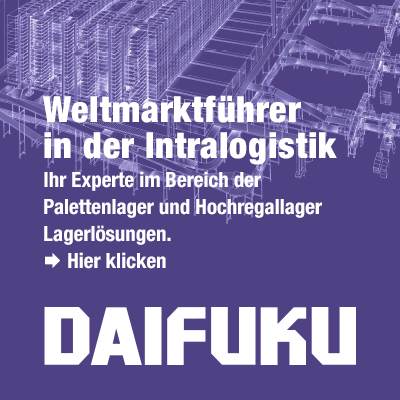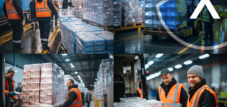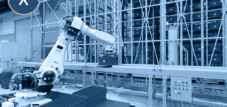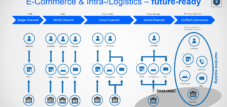Parcel deliveries for e-commerce: 500 kilometers of conveyor belt for parcels in Japan - automation on the highway between Tokyo and Osaka
Language selection 📢
Published on: June 28, 2024 / Update from: June 28, 2024 - Author: Konrad Wolfenstein
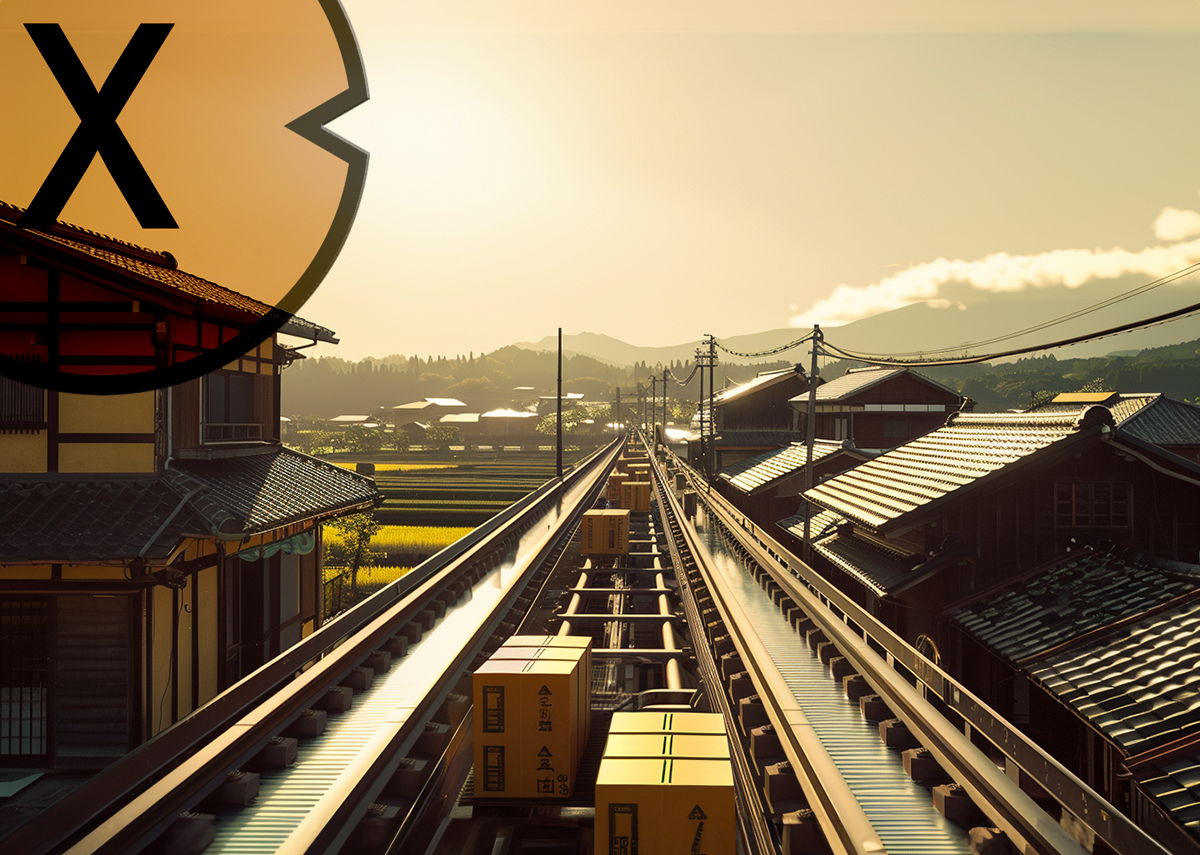
Parcel deliveries for e-commerce: 500 kilometers of conveyor belt for parcels in Japan - automation on the highway between Tokyo and Osaka - Image: Xpert.Digital
📦🌐📦 A pioneering conveyor belt system in Japan
📦 Over the past few decades, the number of parcel deliveries worldwide has continued to increase, and Japan is no exception. The rapid increase in online trading has presented the logistics industry with immense challenges. In this context, Japan is planning an innovative project that will help make logistics between the metropolises of Tokyo and Osaka more efficient: an approximately 500-kilometer-long automated conveyor belt. This system is intended to replace thousands of trucks and significantly speed up the transport of goods and packages.
🚚 The importance of metropolises
With 9.7 million inhabitants, Tokyo is the most populous city in Japan and the center of the Tokyo-Yokohama metropolitan area, which, with over 38.5 million inhabitants, is the largest metropolitan area in the world. Osaka, the third largest city in Japan, is home to 2.7 million people and is located in the center of the Kyoto-Osaka-Kobe metropolitan area, which has a population of approximately 17.5 million. This dense population and the economic importance of the two cities make transporting goods between them a critical logistical task.
🚧 Technical details
The planned conveyor belt would extend along the median strip of motorways and expressways or run in underground tunnels. It is designed to carry standardized pallets, each carrying up to 1,000 kilograms of goods. A large part of the freight will consist of smaller packages that come from agriculture, the maritime industry and especially online trading.
📦 Capacity and environmental influences
A particularly interesting aspect of the conveyor belt system is its enormous capacity. It is estimated that the system can transport as many packages as approximately 25,000 trucks. This should not only reduce the logistical challenges, but also result in significant savings in CO2 emissions. Tetsuo Saito, Japan's Minister of Land, Infrastructure, Transport and Tourism, emphasized: "The conveyor belt will not only relieve logistics, but also help reduce CO2 emissions."
🗓 Schedule and costs
The plan is for the conveyor belt to go into operation as early as 2034. Immense construction costs are expected. Various construction companies from Japan estimate the costs for a ten-kilometer section to be between 40 and 460 million euros. This would drive the total costs up to 21.5 billion euros. To cover these huge costs, the ministry plans to secure some funding from private companies, particularly logistics service providers, who want to use the conveyor belt.
⚙ Technical challenges
The technological and logistical challenges of implementing such a project should not be underestimated. In addition to the financial requirements, technical hurdles also have to be overcome. Such a long and complex conveyor belt requires precise control systems and regular maintenance to ensure continuous and smooth operation. It must also be ensured that the system is adequately protected against natural disasters such as earthquakes and tsunamis, which are not uncommon in Japan.
🛤 Integration into existing buildings
Another fascinating element of this project is its planned integration into existing infrastructure. By running the conveyor belt on the median of highways or in underground tunnels, not only is space saved, but also the traffic load from trucks is significantly reduced. This could significantly reduce travel times on major arteries between Tokyo and Osaka while reducing the number of road accidents caused by trucks.
🤝 Cooperation and innovation
The Japanese government is aware of the complexity and scope of this project. Therefore, great importance is placed on cooperation and innovation. Various Japanese and international companies are invited to contribute their expertise and technological solutions to support the realization of this ambitious plan. Involving private companies makes sense not only for financial reasons, but also to keep the project technologically up to date.
🧑🔧 Social impact
In addition to economic and logistical benefits, the conveyor belt also has the potential to have a social impact. The labor shortage in the logistics industry, which is expected to worsen by 2030, could be partially compensated for by automation. This means workers can be deployed more efficiently, alleviating skills shortages and potentially creating new jobs in other areas, such as maintenance and monitoring of the new systems.
🚢 Conclusion and look into the future
With the planned 500 kilometer long conveyor belt system, Japan is presenting a pioneering project that will bring numerous benefits for the economy, the environment and society. It's a bold undertaking that could fundamentally change the way goods are transported. The success of this project could serve as a model for other countries that also face logistical challenges and are looking for innovative solutions.
🌉 Monumental task
The Japanese government and the companies involved face a monumental task. If they manage to successfully implement this project, it could be considered a milestone in the history of logistics and transportation. 2034 could therefore be a year of revolution in Japanese freight transport, a year that shows how technological innovation and collaboration can lead to spectacular results.
📣 Similar topics
- 🚀 500 kilometers of conveyor belt: The future of logistics
- 📦 Parcel transport of superlatives: Japan's new conveyor belt solution
- 🌍 Environmentally friendly and efficient: conveyor belt replaces thousands of trucks
- 🤖 Automated logistics: New route between Tokyo and Osaka
- 💼 Mega project in Japan: 21.5 billion euros for logistics
- 🚧 Technical masterpiece: conveyor belt through highways and tunnels
- ⚙️ Precision and Maintenance: Conveyor Belt System Challenges
- 🤝 Cooperation and innovation: Companies work together
- 🧑🔧 Changing labor market: New jobs through automation
- 🚢 Transportation revolution: Japan's conveyor belt system as a model
#️⃣ Hashtags: #Logistics #Automation #Sustainability #Transportation #Innovation
Xpert partner in warehouse planning and construction
📦📦📦 Conveyor for pallets and packages: A key to efficiency and productivity
🌐 A conveyor, also known as a conveyor belt, is a mechanical device that enables continuous movement of goods such as pallets and packages. Conveyor belts are made of various materials and are used to transport goods over defined routes in warehouses, production facilities and distribution centers. They contribute to increasing efficiency, cost savings, security and automation in logistics.
Modern logistics is an industry that is constantly increasing in efficiency and speed. A central element of this development is the conveyor belt for pallets and packages. This conveyor technology enables the smooth, fast and safe transport of goods within warehouses, production facilities and distribution centers. This is an important factor that contributes significantly to increased productivity.
🔍 Basics of conveyor technology
Conveyor belts are mechanical devices that enable continuous movement of goods. These tapes are made from a variety of materials depending on their specific application. They move pallets and packages over specific routes without the need for human intervention. This automation not only saves manpower but also minimizes the risk of injuries and accidents.
🧠 Advantages of conveyor belts
1. Increased efficiency
A well-designed conveyor system can bring significant improvements in work speed and productivity. By moving goods quickly and with minimal human intervention, companies can dramatically increase their throughput rates.
2. Cost reduction
The use of conveyor belts reduces the need for manual handling and therefore reduces labor costs. In addition, the potential damage to products caused by improper handling is minimized, which results in long-term cost savings through lower reject rates.
3. Safety and ergonomics
The use of conveyor belts helps to improve working conditions. Risks associated with manual lifting and moving heavy loads are eliminated. This leads to fewer workplace accidents and improves employee health and safety.
4. Automation and integration
Modern conveyor belt systems can be easily integrated into existing warehouse management systems. They are often equipped with sensors, RFID technology and software solutions that enable precise control and tracking of the goods being transported.
🏭 Application areas of conveyor belts
Conveyor belts are versatile and are used in various industries. They are an essential tool in warehouses, production lines, distribution centers and online retail.
1. Warehouses and distribution centers
In large warehouses and distribution centers, conveyor belts help optimize the flow of goods. Pallets with large goods as well as packages with smaller items are handled more efficiently by automated systems.
2. Production lines
In the manufacturing industry, conveyor belts facilitate the movement of raw materials and finished products along the production line. This ensures a continuous production flow without interruptions.
3. Postal and parcel service providers
Fast and accurate deliveries are crucial, especially in the age of e-commerce. Conveyor belt technology allows for quick sorting and transport of packages, resulting in faster delivery times.
4. Food industry
In food processing and production, conveyor belts are essential for the hygienic and efficient transport of products. Special materials and designs are used here to meet the strict hygiene regulations.
🔧 Technology and design of conveyor belts
The selection and design of a conveyor belt system depends heavily on the specific requirements of the intended use. The most important considerations include the type of goods to be transported, the speed required and the specific spatial conditions.
1. Conveyor belt types
- Belt conveyors: These are widely used and consist of endless belts, usually made of rubber or other flexible materials. They are ideal for transporting loose and light goods.
- Roller conveyors: In this variant, the goods roll along a series of parallel rollers. This is particularly useful for transporting stable and heavy loads such as pallets.
- Chain conveyor: This is a system consisting of chains that carry the load. Chain conveyors are particularly robust and are suitable for heavy and bulky goods.
2. Propulsion systems
Conveyor belts can be powered by various drive systems such as motors, pneumatics or gravity. Choosing the right drive is important to ensure the efficiency and reliability of the system.
3. Sensors and automation
Modern conveyor belts are often equipped with various types of sensors that enable automatic control and monitoring. These sensors can record the weight, size and position of the goods being transported, ensuring smooth operations.
🔮 Innovations and future of conveyor belt technology
The technology behind conveyor belts doesn't stand still. Constantly new developments aim to further increase efficiency and open up new applications.
1. Intelligent systems
The integration of artificial intelligence and machine learning opens up new possibilities. Intelligent conveyor systems can optimize operations by learning and adapting independently.
2. Sustainability
The ecological footprint is also becoming increasingly important in conveyor technology. New materials and energy-efficient drive systems help reduce energy consumption and thus minimize environmental impact.
3. Modularity and flexibility
More and more companies are relying on modular conveyor systems that can be easily adapted to changing operating conditions and growing requirements. This flexibility is particularly valuable in industries that are subject to constant change, such as the e-commerce sector.
📦 Conveyor belt for pallets and packages
The conveyor belt for pallets and packages is much more than just a simple means of transport. It is a crucial factor for the efficiency and productivity of modern logistics and production processes. The integration of technology, high adaptability and continuous innovation make conveyor belt systems an indispensable part of industrial processes. Companies that rely on state-of-the-art conveyor technologies are best equipped to meet the demands of a dynamic market and strengthen their position in an increasingly competitive economy.
📣 Similar topics
- 🚀 Efficiency booster: conveyor belts in modern logistics
- 🚢 Conveyor technology for warehouses and distribution centers
- 🏗️ Conveyor belt systems in industrial production
- 📦 E-Commerce Revolution: Conveyor Belt Solutions for Package Delivery
- 🌍 Sustainability in conveyor belt technology
- 🤖 Automation and intelligence in conveyor systems
- 🔩 Roller and belt conveyors: technology and application
- 🧩 Modular conveyor belt systems for flexible logistics
- 🔍 Innovations in conveyor technology
- ⚙️ Conveyor belt systems: drives and controls
#️⃣ Hashtags: #Logistics #Material Handling #Automation #Productivity #Sustainability
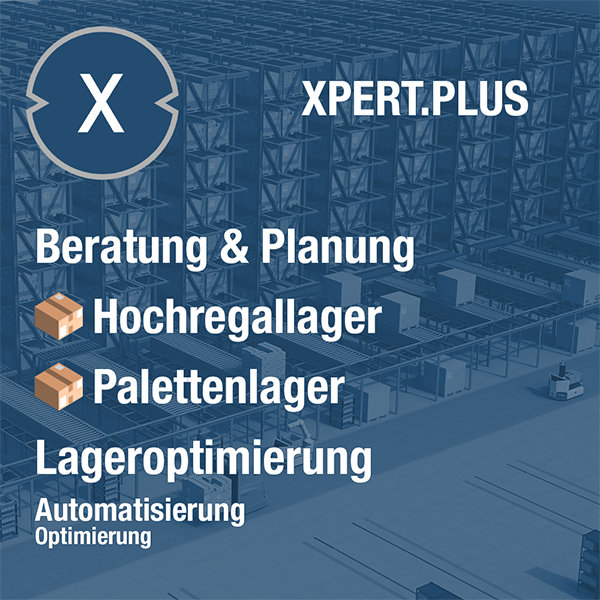
Xpert.Plus warehouse optimization - high-bay warehouses such as pallet warehouses consulting and planning
We are there for you - advice - planning - implementation - project management
☑️ Smart City & Factory: Industry expert for energetic 5G buildings and halls as well as advice and installation of solar systems
☑️ Xpert.Plus - logistics consulting and logistics optimization
☑️ Industry expert, here with his own Xpert.Digital Industry Hub with over 2,500 specialist articles
I would be happy to serve as your personal advisor.
You can contact me by filling out the contact form below or simply call me on +49 89 89 674 804 (Munich) .
I'm looking forward to our joint project.
Xpert.Digital - Konrad Wolfenstein
Xpert.Digital is a hub for industry with a focus on digitalization, mechanical engineering, logistics/intralogistics and photovoltaics.
With our 360° business development solution, we support well-known companies from new business to after sales.
Market intelligence, smarketing, marketing automation, content development, PR, mail campaigns, personalized social media and lead nurturing are part of our digital tools.
You can find out more at: www.xpert.digital - www.xpert.solar - www.xpert.plus



